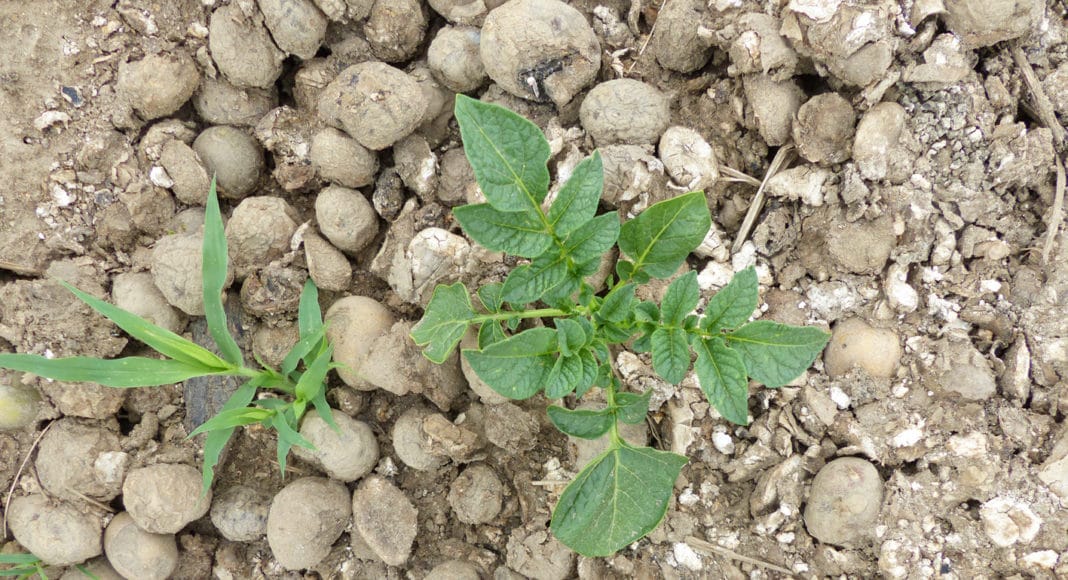Cull potatoes accumulate in the spring when seed pieces or tubers are discarded due to size (slivers) or disease, when a stored crop is moved, and when unmarketable potatoes are graded out.
There may be tubers infected with late blight among the culls. If they sprout and produce infected plants, there will be millions of spores blown by the wind to nearby healthy fields. If the weather is wet and cool, an epidemic of late blight is highly probable.
Aphids can also be a problem. If they feed on plants in the pile and then move to a nearby field, there is the risk the potato mosaic virus or potato leaf roll virus may be spread to healthy plants. The first line of defense against cull piles is obvious — eliminate them before the crop emerges.
The following are several ways to do this:
- Livestock feed — Raw culled potatoes can be fed to cattle. Its estimated two kilogram (4.5 pounds) of potatoes equals 0.45 kg (one pound) of barley in nutritional content.
- Burial — If there is a large cull pile, it may be necessary to bury it. There are certain steps which must be followed to ensure the culls are disposed of safely.
- The pile should not be buried near a water source
- The water table should be low
- The pile should not drain into nearby streams
- Cull piles should have at least 18 inches of soil on top of the potatoes to prevent regrowth. The cull site should be monitored during the summer for any volunteer plants. If any plants appear, they should be pulled out or treated with a herbicide.
- Plastic covers — This method can be used for piles late in the spring. Flatten the pile and cover it with black polyethylene. This causes the tubers to heat up and break down. Make sure the entire pile is covered. Once the pile has broken down use sawdust or other absorbent material to soak up the potato runoff and remove it from the site. Covered piles should not be placed near waterways.
- Chemical applications — It’s necessary to monitor the cull disposal sites for volunteer potatoes. Spray volunteers with herbicides like glyphosate (Roundup).
The best strategy to manage cull piles is to check them on a regular basis to avoid having to deal with large quantities of waste potatoes.











